Umami Unleashed: 7 Wildly Creative Spice Pairings That’ll Blow Your Taste Buds Away
If you thought umami was just about soy sauce and mushrooms, it’s time to rethink your spice rack strategy. In this post, we’re diving deep into the world of innovative umami seasoning pairings that will not only elevate your dishes but also impress your dinner guests — or at least make your solo takeout night feel gourmet.
Whether you're a seasoned pro in the kitchen or someone who can barely boil water without setting off the smoke alarm, these tips are designed to bring out the savory magic in everything you cook. Let’s get spiced up!
Table of Contents
- What Exactly is Umami?
- Top 7 Innovative Umami Seasoning Pairings
- The Science Behind the Savory
- Pro Tips for Using Umami Like a Boss
- Final Thoughts on Flavor Alchemy
What Exactly is Umami?
Let’s start with the basics. Umami is one of the five fundamental tastes, alongside sweet, sour, salty, and bitter. It's often described as 'meaty,' 'brothy,' or simply 'savory.' The term itself comes from Japanese and literally means “pleasant savory taste.”
The key compound behind umami is glutamate, an amino acid found naturally in many foods like tomatoes, Parmesan cheese, soy sauce, and seaweed. When combined with nucleotides (like inosinate and guanylate), the effect is amplified — this is known as the “umami synergy” effect.
Top 7 Innovative Umami Seasoning Pairings
Ready to upgrade your spice game? Here are seven unexpected yet brilliant umami-packed combinations that will make your taste buds throw a flavor party:
| Pairing | Flavor Profile | Best For |
|---|---|---|
| Miso + Smoked Paprika | Earthy, bold, and slightly smoky | Roasted veggies, grilled chicken |
| Truffle Salt + Tamari | Luxurious and deeply savory | Pasta, risotto, popcorn |
| Dried Porcini Mushrooms + Black Garlic | Intense earthiness with a hint of sweetness | Soups, stews, mushroom burgers |
| Fish Sauce + Maple Syrup | Salty-sweet complexity | Glazes for meats, marinades |
| Anchovy Paste + Lemon Zest | Bold and bright with a punch | Pasta sauces, salad dressings |
| Kombu + Sichuan Peppercorns | Deep oceanic notes with tingling heat | Broths, ramen, braised meats |
| Tamarind + Worcestershire Sauce | Tangy, fermented richness | BBQ sauces, dips, grilled seafood |
These aren’t just random tosses into a bowl; each pairing brings a unique flavor dimension that complements and enhances the dish it's used in. Think of them as your culinary GPS for navigating the complex terrain of umami.

Photo: Miso paste next to smoked paprika — a match made in umami heaven.
The Science Behind the Savory
You might be wondering why some flavors just click together while others don’t. Let’s geek out for a second and talk about the science behind these combos.
- Miso + Smoked Paprika: Miso brings glutamate, paprika adds aromatic depth and slight bitterness — perfect for balancing rich dishes.
- Truffle Salt + Tamari: Truffle contains natural aromatic compounds that enhance the umami punch of tamari’s free glutamates.
- Porcini + Black Garlic: Both ingredients are rich in guanylates and aged compounds that intensify each other’s savoriness.
- Fish Sauce + Maple: This combo balances saltiness and sweetness, which tricks your brain into thinking the dish is more complex than it really is.
- Anchovy + Lemon: Anchovies pack a concentrated umami punch, while lemon brightens the palate and prevents it from tasting too heavy.
- Kombu + Sichuan Pepper: Kombu is loaded with umami-rich glutamic acid; when paired with the numbing spice of Sichuan pepper, it creates a dynamic sensory experience.
- Tamarind + Worcestershire: Tamarind’s acidity cuts through the fermented depth of Worcestershire, resulting in a tangy, layered flavor profile.
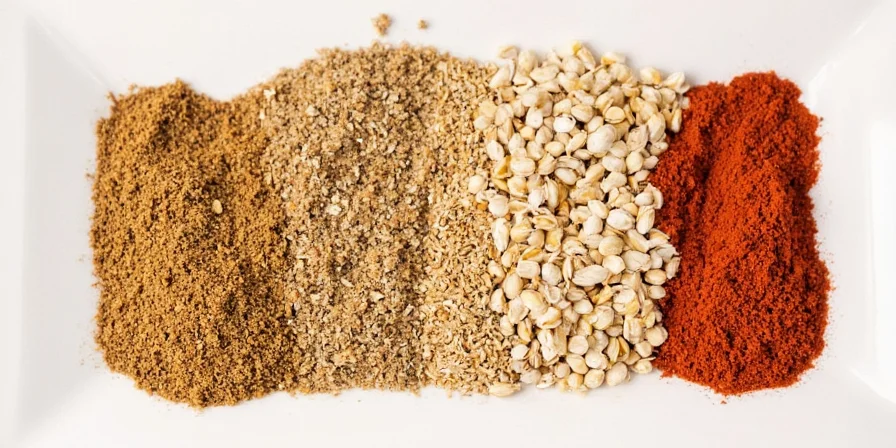
Photo: Truffle salt sprinkled over tamari — elegance in a spoonful.
Pro Tips for Using Umami Like a Boss
Now that you’ve got the list, here are some actionable tips to make sure you’re using these pairings like a flavor wizard:
- Start small: Umami is powerful. A little goes a long way — especially with strong players like anchovy paste or miso.
- Layer flavors: Don’t just sprinkle at the end. Add early during cooking to build depth, then adjust at the end if needed.
- Balance is key: If things start tasting too rich or salty, add a touch of acid (like vinegar or citrus) to cut through.
- Don’t skip texture: Sometimes adding a bit of crunch (toasted sesame seeds, crispy garlic) can elevate the overall experience.
- Experiment fearlessly: Mix and match! You never know what new flavor frontier you’ll discover until you try.
- Label your blends: Keep track of what works by jotting down your experiments in a kitchen notebook or phone app.
- Store properly: Many umami ingredients are sensitive to light and moisture. Store them in airtight containers in cool, dark places.
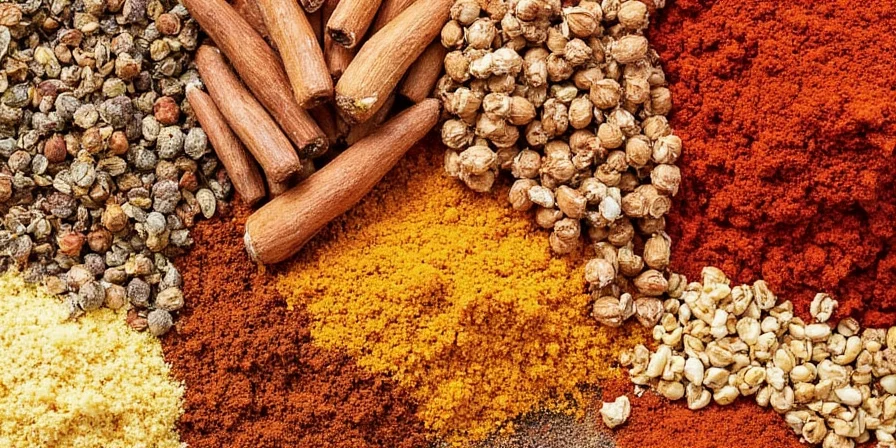
Photo: A well-stocked spice rack featuring tamari, miso, truffle salt, and more.
Final Thoughts on Flavor Alchemy
Umami isn't just a flavor — it's an experience. And now that you’ve got these seven innovative umami seasoning pairings tucked into your apron pocket, you're ready to transform even the simplest meals into something truly extraordinary.
So go ahead — mix, match, taste, tweak, and repeat. Who knows? One of these combos might become your signature dish… or at least your favorite midnight snack.
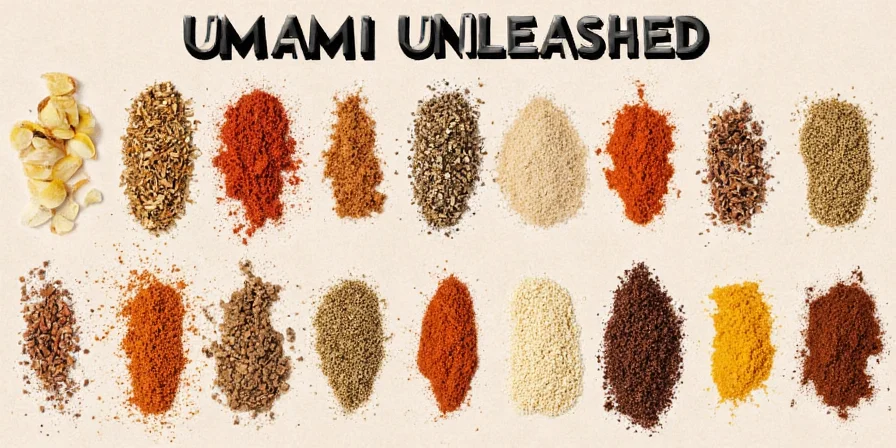
Photo: A finished plate showcasing a perfectly balanced umami-rich dish.
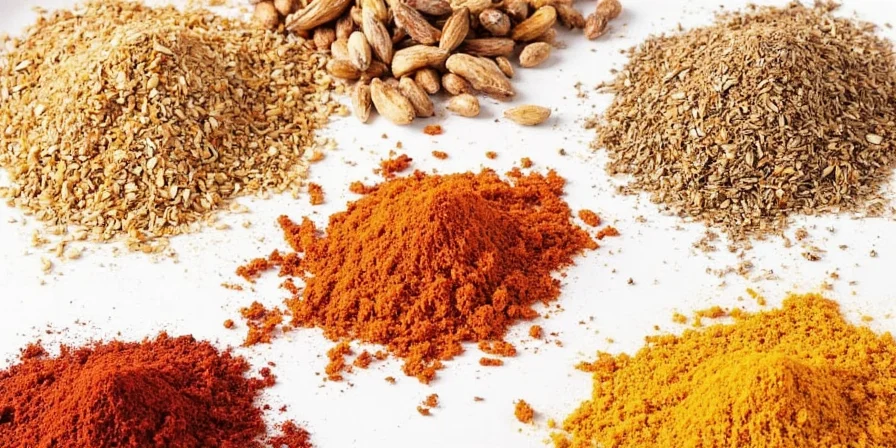
Photo: Spices being blended together — the heart of umami innovation.

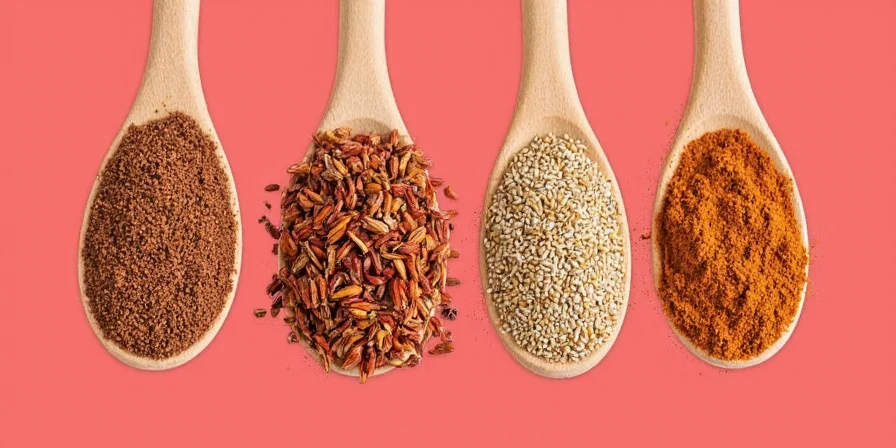









 浙公网安备
33010002000092号
浙公网安备
33010002000092号 浙B2-20120091-4
浙B2-20120091-4